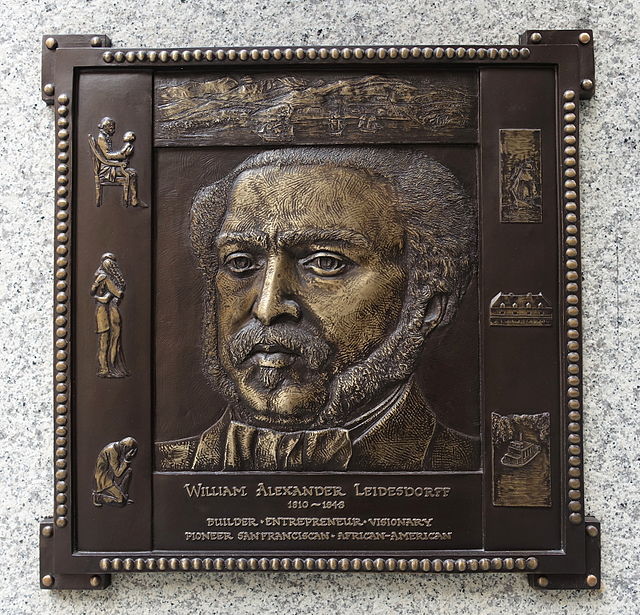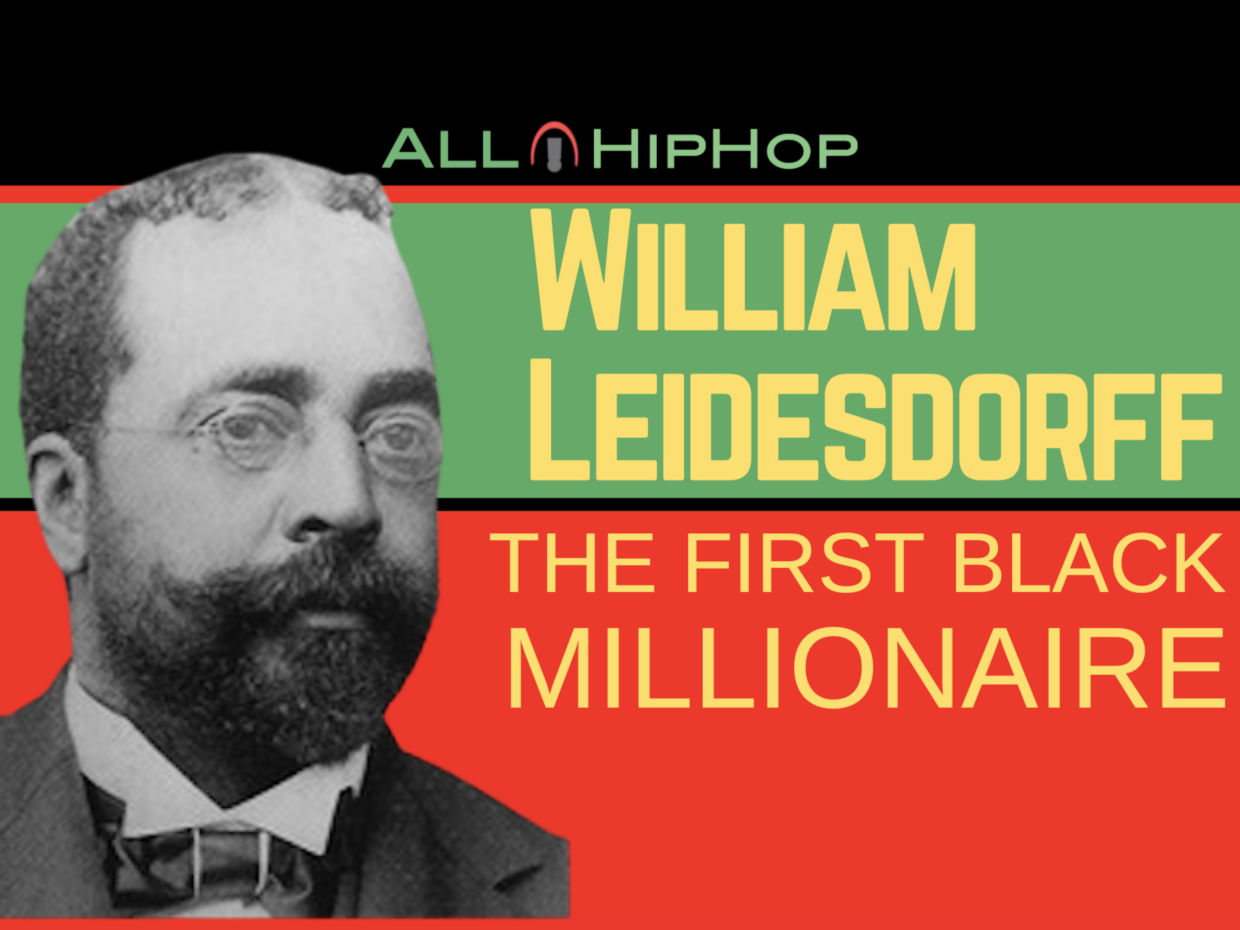50 Cent may have coined the phrase ‘get rich or die tryin,’ but William Liedesdorff was the first black man to hit the million jackpot.
William Liedersdorff was born in 1810, on the island of St. Croix, located in the area known as the U.S. Virgin Islands. His parents were Marie Sparks and Alexander Leidesdorff. While little is known about Marie aside from that she was light-skinned and mixed-raced, his father was a Danish sugar planter.
So, how did a man from such humble beginnings, become the world’s first black millionaire and an early founder of San Francisco?
William’s father never parented him; however, an English plantation owner eventually took him under his wing. He paid for his education and ensured that he received the proper level of care. When William was a little older, he was sent to New Orleans to become a cotton merchant. After the English plantation owner died, William inherited the estate he left behind.
Based on historical records, William Liedersdorff was a handsome and strapping man. He was due to wed a beautiful woman. However, on the eve of the wedding, he revealed his family roots and the family of his fiance ensured the marriage did not go ahead.
Heartbroken, William sold the estate and bought a large schooner – a sailing vessel. William began sailing his ship to the Hawaiian Islands in 1838. His mission was to bring sugar from Hawaii to the Californian coast before returning with animal hides.
By the age of 31, William was sailing his schooner around Cape Horn, to California. Eventually, he settled in Yerba Buena, a Mexican village located on San Francisco Bay.
William became a successful merchant and made frequent trips visiting places such as:
- California
- Mexico
- Hawaii
In 1841, William arrived in California. The state was far from the beautiful coastal jewel that it is today. However, William saw potential and opened a mercantile business. His company was incredibly profitable and he began to build his empire.
Three years later William had built a cargo warehouse, opened a general store, worked as a shipbuilder, and set up a lumberyard. In 1844, the government of Mexico granted him 35,000 acres of land.
While he applied for Mexican citizenship, William remained patriotic to America.
He became a trading pioneer. Focusing his efforts on establishing a rapid trade line between Sacramento Valley and California, William purchased a steamship known as “Sitka.”
His boat was the first steam-powered vessel to float through the Golden gate of San Francisco.
William quickly became seen as a community leader and was known to be an honorable man. He died unexpectedly of typhoid at just 38.
One the day of his funeral, flags were hung at half-mast, and businesses were closed.
With no living heir, William’s estate worth $1.5 million fell to his mother. Tragically, she was swindled out of the money and after the case was taken to the courts, lost the right to the money.
History books note that William Liedersdorff had a warm heart and was always ready to open his hands for the poor. Despite this, he has largely been forgotten in terms of commemorations. While San Francisco is lined with streets dedicated to the rich and the fortunate, William’s legacy has been cast aside, with the exception of a single solitary and small street in his name.

